About a year ago, a single white truffle found near Turin sold at auction for €120,000 (just under £108,000), while the world’s largest sold for over $60,000 (£46,000) in 2014. The internet is awash with theories as to why truffles are so expensive, ranging from the skill and luck required to find them to their unique gastronomic qualities, but most explanations miss the key factor behind all ‘why is this so expensive?’ mysteries – perceived value. Ultimately, things have the value the market gives them, as ridiculous as that value may seem to the disinterested majority, and there’s nothing anyone can do to change it.
What does this have to do with film cameras, you might be wondering. Well, in a market where there are no new products (Leicas don’t count) and no new technologies to impact prices, perceived value is everything. Where this gets problematic for buyers is when high prices gloss over glaring issues. The Minolta CLE, for example, can rarely be found for less than £1,000 with a lens thanks to its Leica-adjacent appeal, but suffers from unreliable electronics that can make its meter and auto exposure useless, while the Olympus mju i usually goes for around £100 due to the popularity of its successor, but has very poor low-light autofocus and a flimsy sliding cover that renders the camera unusable if it breaks.
Where, then, should a savvy film enthusiast invest their cash? Given that it tends to be intangible appeal that drives prices so high, the wise move now is to hunt out those film cameras that have yet to be rediscovered, or were never very popular in the crowded market of their time. Enter the Olympus AF-1 Mini – a compact plastic wonder from 1995 that’s stayed remarkably cheap thanks to being lumped in with the hulking AF-1 line of the 80s, with which it shares a name, even though it actually has more in common with its 90s brethren in the pricey mju line.
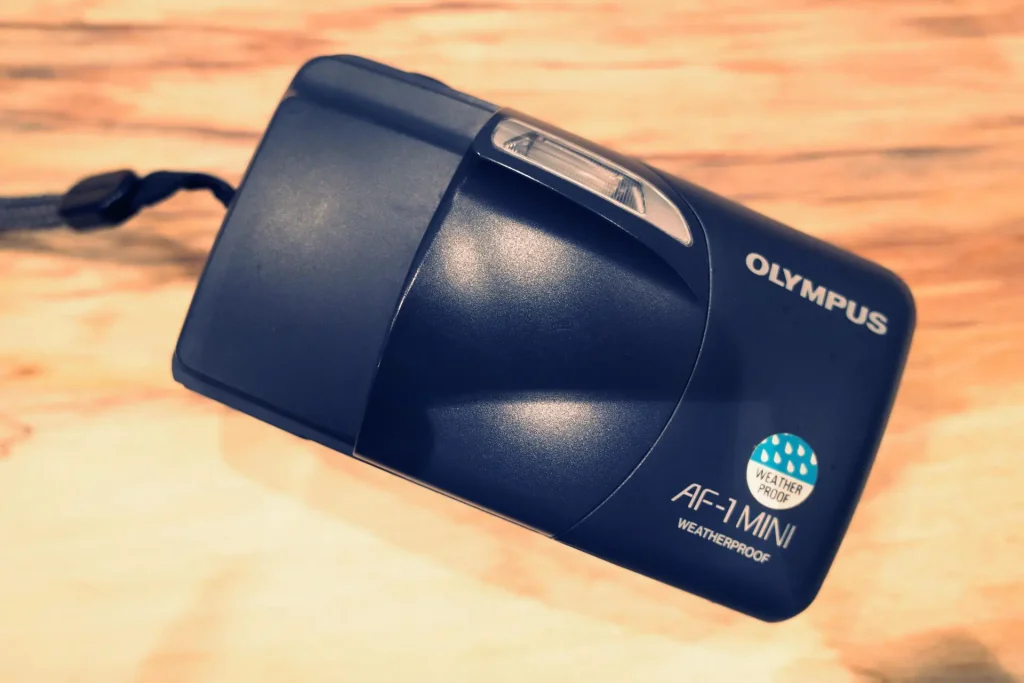
Smooth feels
Let’s start with the basics; the Olympus AF-1 Mini weighs around 300g with a 35mm film and a CR123 battery loaded, and is 11.5cm wide, 6cm tall and a slender 2-3cm deep for the most part, though the point of the wavy front panel that sticks out most comes in at 4.5cm deep. In a way, this feels like a downside – it makes the camera slightly too fat to fit comfortably in a shirt or trouser pocket. However, this protrusion provides a nicely shaped edge to grip when sliding the cover open, making the process (which also turns it on) smooth and definite. In use, this means you can grab the camera, move it to your eye, position your finger over the shutter button and slide the cover open in one fluid motion with one hand – great when speed is of the essence.
And now that you’ve got the Olympus AF-1 Mini in position, we can move neatly on to the camera’s actual functions. These are extremely simple, but no less smooth than the physical experience. A clear black square in the centre of the viewfinder frame marks the autofocus spot, with a green light confirming focus and auto-exposure. Unfortunately, there’s no indication of what distance you’ve focused to or what settings the exposure system has dialled in. The former would have been good to have, the latter is actually something of a blessing not to have. Exposure information is only really useful if there are settings to adjust, and if the aperture and shutter speed of the Olympus AF-1 Mini were adjustable, it would be a different, much heavier, much more expensive, much more fragile camera. And besides, who really bothers with the clunky manual settings on compact cameras anyway?
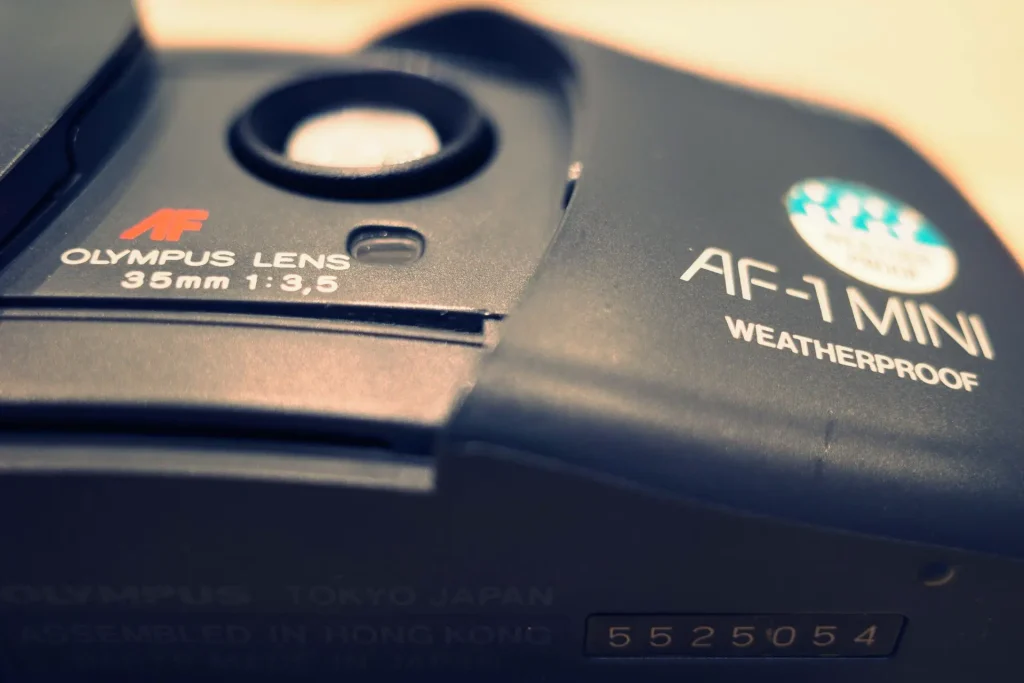
Humble setup, premium results
What you’re left with here is a fast, comfortable camera with zero distractions – just slide it open, focus, recompose and shoot. Simple. Until you flash your candid street photo subject full in the face, attracting the confused attention of everyone around you. Yes, the Olympus AF-1 Mini also automatically decides when to throw some flash into the mix. There’s a little red warning light in the viewfinder next to the focus lock indicator, and the flash can be turned off entirely with a couple of presses of the flash button (the only button apart from the shutter release and the self-timer), but it resets to auto-flash as soon as you close the cover and open it again. This is fine at, say, a wedding or with a group of friends, where you might keep the cover open for an extended period anyway and the potential for embarrassment is far lower, but for street photography or the odd chance snap, it can catch you out.
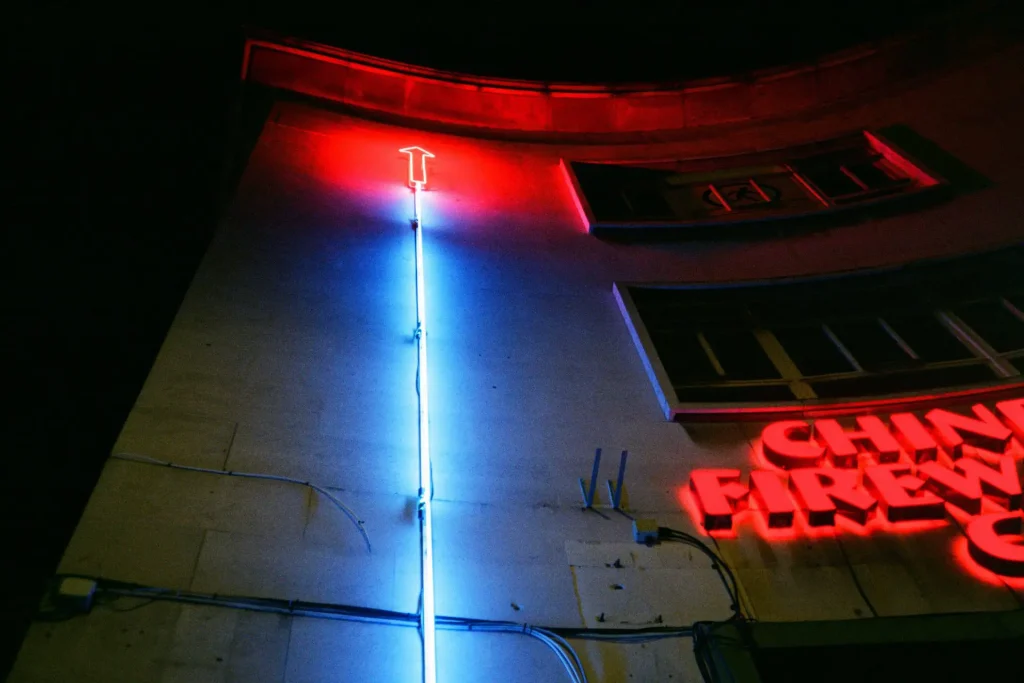

Get used to setting the flash mode with a couple of taps though (assuming you want it off), and you can rest assured the Olympus AF-1 Mini is an absolute joy to use. The viewfinder is clear and crisp, though a little small and prone to blackout unless you look through it dead-centre, and the focus, shutter and film advance are all pretty quiet for an automatic camera (though don’t expect Konica Hexar AF levels of stealth). Perhaps most importantly, the 35mm f3.5 lens, which is the same as that housed in the mju i, renders sharp images with good contrast and pleasant colours – neither is overly pronounced in the Lomo LC-A style, but photos have that vibrant compact camera look that you’re likely to be in the market for if you’re hunting down a copy. As a side note, though I doubt it’s a feature many will use, the Olympus AF-1 Mini also has the red eye-reduction flash system from the mju i, as advertised memorably by Dawn French and David Bailey.

Truffle or turnip?
There are one or two things to look out for, of course, not least the little plastic window that shows you what film you have loaded. It’s glued on, so can pop out under moderate pressure, but glues back in pretty easily too. Popping it out shouldn’t ruin your roll either, as there’s a nice bit of light seal foam around it which sits directly against the film canister. Interestingly, this is the only foam used; the rest of the light sealing is provided by plastic channels and grooves on the body and the film door, which lock together when the Olympus AF-1 Mini is closed and mean one less thing to worry about when perusing the second-hand market, since they won’t really deteriorate in the way foam does.
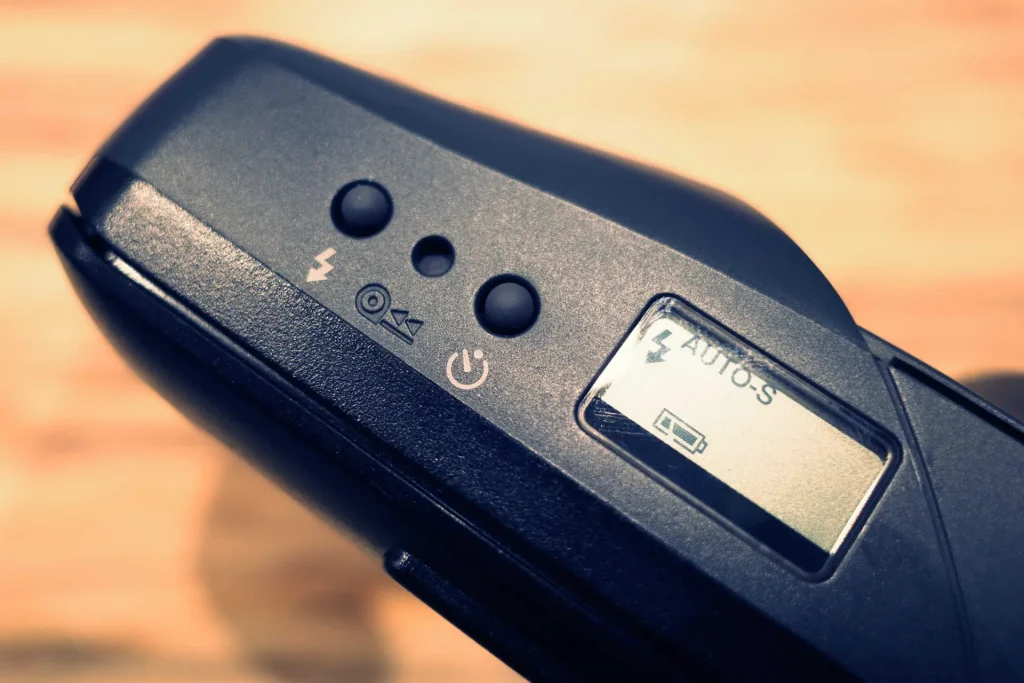
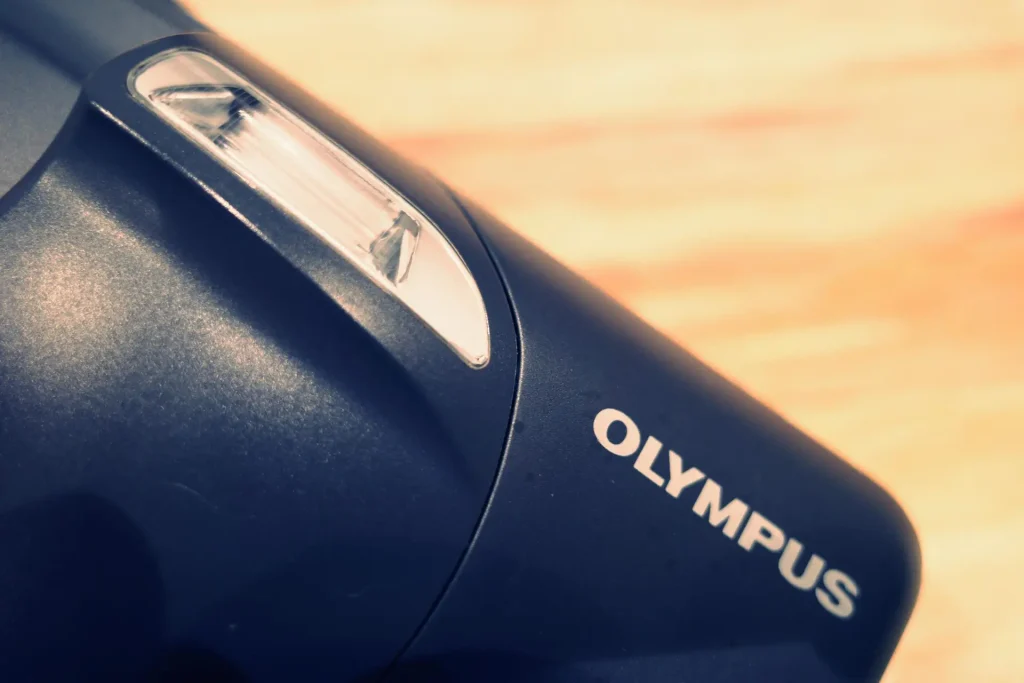
Do these issues mean the Olympus AF-1 Mini isn’t worth a punt? Well, consider that I got mine for £35 on eBay, and they’re regularly available for under £50. Whether or not you think this is worth it given the minor negatives and overwhelming positives is a reflection of one’s own expectations. What’s undeniably true, however, is that the artificially low prices of five or 10 years ago have spoiled us. Nobody should expect to find a decent, working film camera of this quality for much less than this price point any more, and the perceived value of capable, sharp-lensed models is so high now that an mju/Konica Big Mini rival for £35 has to be considered a steal in 2020.
The better question, then, is to ask yourself what you need. If you’re after an adjustable, full-control experience that oozes quality and craftsmanship, even £35 might be a waste of money considering the Olympus AF-1 Mini won’t really give you that buzz of a luxury item. If, on the other hand, you’re looking for a light, small, weather-proof camera that’s ergonomically designed, fast to use, sharp and reliable with minimal fuss, then few, if any, 35mm film compacts offer better value for money. Long-term reliability may come to be an issue with any electronic camera, but being from the relatively recent (in film terms) year of 1995 means you should have a few extra years on the more premium-feeling but less trustworthy options from previous decades too.
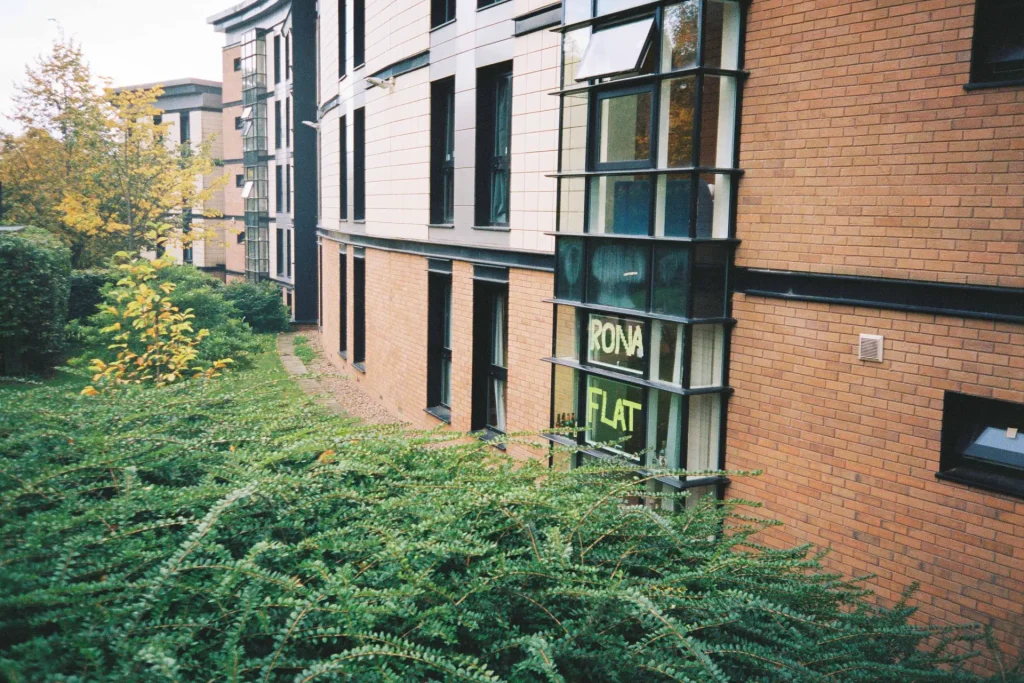
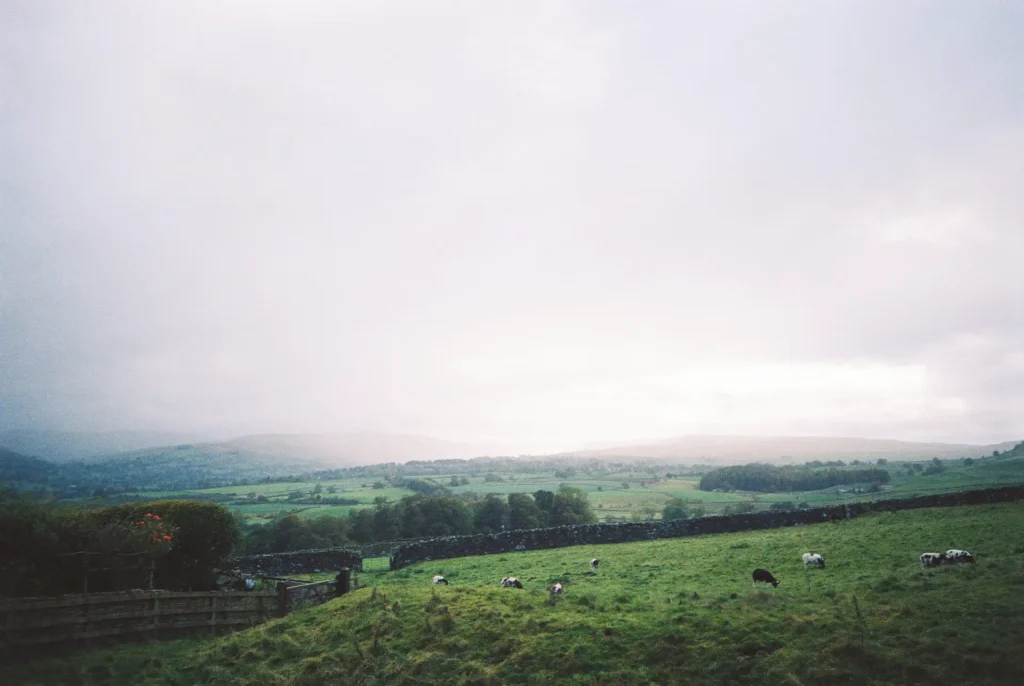
Ultimately, the Olympus AF-1 Mini is a camera to be used and enjoyed; an unobtrusive tool that makes it easy to take good photos and doesn’t cost the earth – what more could you want?
Temoor Iqbal is a street photographer with a passion for 35mm film and cameras – check out his work on Instagram.
Share this post:
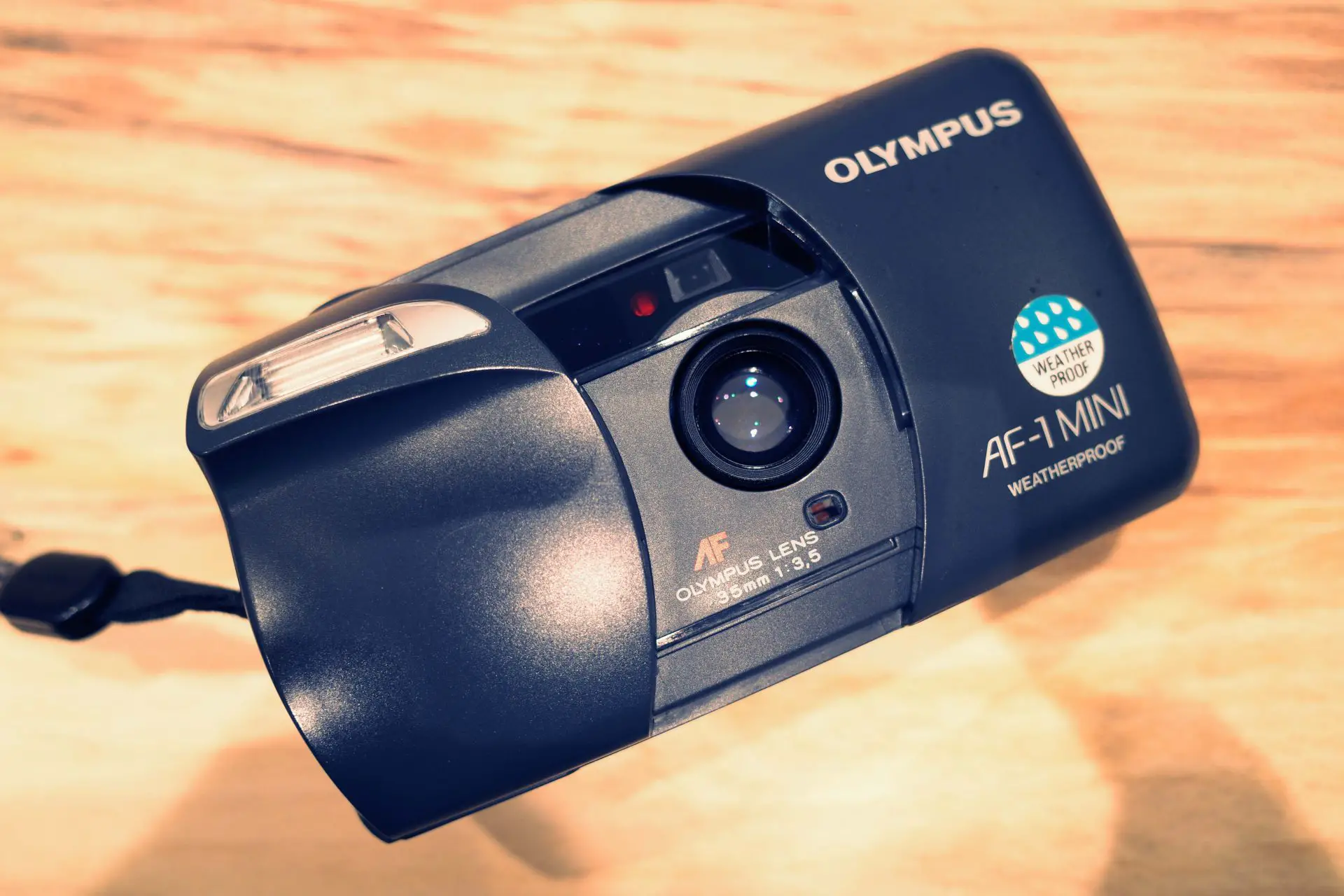









Comments
David S Kassnoff on Olympus AF-1 Mini review – The Hunt for a Hidden Gem – By Temoor Iqbal
Comment posted: 05/01/2021
Comment posted: 05/01/2021
Comment posted: 05/01/2021
Comment posted: 05/01/2021
Comment posted: 05/01/2021
Brian Nicholls on Olympus AF-1 Mini review – The Hunt for a Hidden Gem – By Temoor Iqbal
Comment posted: 05/01/2021
Comment posted: 05/01/2021
Lee on Olympus AF-1 Mini review – The Hunt for a Hidden Gem – By Temoor Iqbal
Comment posted: 05/01/2021
Comment posted: 05/01/2021
Ralph Turner on Olympus AF-1 Mini review – The Hunt for a Hidden Gem – By Temoor Iqbal
Comment posted: 05/01/2021
One of the things about this site I enjoy is the diversity in it’s content, both “home grown” and that of guest contributors. Keep up the good work, one and all.
Comment posted: 05/01/2021
Mats on Olympus AF-1 Mini review – The Hunt for a Hidden Gem – By Temoor Iqbal
Comment posted: 05/01/2021
About the Mju i, does it really have poor low light focus though? I thought its active, infrared auto focus system wouldn’t really care if the light was low or not?
Comment posted: 05/01/2021
Mats on Olympus AF-1 Mini review – The Hunt for a Hidden Gem – By Temoor Iqbal
Comment posted: 05/01/2021
About the Mju i: Does it really have poor low light focus, though? I thought its active, infrared auto focus system wouldn’t really care if the light was low or not?
Comment posted: 05/01/2021
Comment posted: 05/01/2021
Comment posted: 05/01/2021
Rob on Olympus AF-1 Mini review – The Hunt for a Hidden Gem – By Temoor Iqbal
Comment posted: 11/02/2021
I'm glad I snagged mine for under €30 a while back. I actually like it a lot more than the MJU1 if only for better handling.
Rich on Olympus AF-1 Mini review – The Hunt for a Hidden Gem – By Temoor Iqbal
Comment posted: 21/02/2021
Chris on Olympus AF-1 Mini review – The Hunt for a Hidden Gem – By Temoor Iqbal
Comment posted: 03/03/2021
niki on Olympus AF-1 Mini review – The Hunt for a Hidden Gem – By Temoor Iqbal
Comment posted: 05/08/2021
Andy Karlson on Olympus AF-1 Mini review – The Hunt for a Hidden Gem – By Temoor Iqbal
Comment posted: 02/03/2023